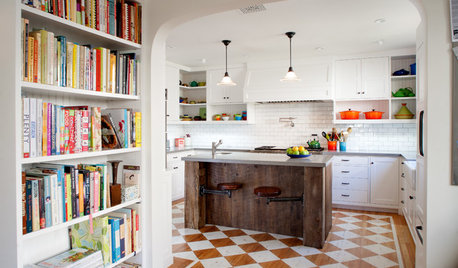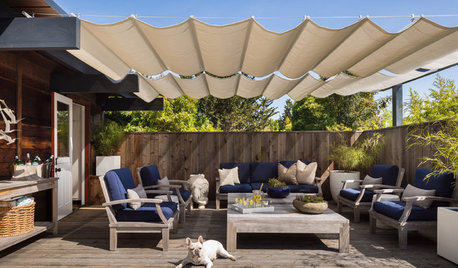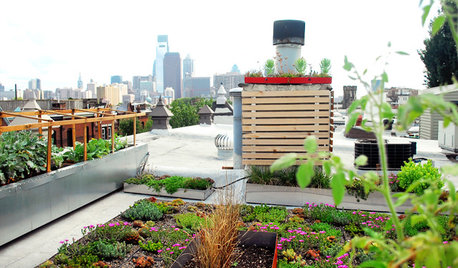I built an ebb-and-flow system... now, how to plant it!?
pjules
15 years ago
Related Stories

HOUSEKEEPING5 Steps to Improve Your Heating System Now
Increase your heater's efficiency and safety for lower energy bills and greater peace of mind this winter
Full Story
HOUZZ TOURSHouzz Tour: Better Flow for a Los Angeles Bungalow
Goodbye, confusing layout and cramped kitchen. Hello, new entryway and expansive cooking space
Full Story
GARDENING AND LANDSCAPINGWant More Party Space? 5 Tips to Improve Indoor-Outdoor Flow
Expand your home's entertaining area without adding on by boosting connections between inside and out
Full Story
GARDENING GUIDESHow to Install a Drip Irrigation System
Save time and water with a drip watering system in your vegetable garden — a little patience now will pay off later
Full Story
GARDENING AND LANDSCAPINGHouzz Survey: See What Homeowners Are Doing With Their Landscapes Now
Homeowners are busy putting in low-maintenance landscapes designed for outdoor living, according to the 2015 Houzz landscaping survey
Full Story
SAVING WATER6 Reasons Why You Should Save Your Rainwater Now
Collect and store during the rainy season so you’ll have water ready for irrigation when you need it
Full Story
DECKSTrending Now: Step Outside With These 20 Decks
Get inspired for your own project or just take in the view of these recently uploaded spaces getting the love of the Houzz community
Full Story
HOME INNOVATIONSNow Approaching the Emerald City
Urbanites are spraying moss graffiti on walls and covering roofs in plants — and city regulators and designers are supporting the cause
Full Story
KITCHEN DESIGNTrending Now: 25 Kitchen Photos Houzzers Can’t Get Enough Of
Use the kitchens that have been added to the most ideabooks in the last few months to inspire your dream project
Full Story
HEALTHY HOMEHow to Choose a Home Water Filtering System
Learn which water purification method is best for your house, from pitchers to whole-house setups
Full StorySponsored
Custom Craftsmanship & Construction Solutions in Franklin County
More Discussions







chadg
grizzman
Related Professionals
Citrus Heights Landscape Architects & Landscape Designers · Brentwood Landscape Architects & Landscape Designers · Roosevelt Landscape Architects & Landscape Designers · Buford Landscape Contractors · Danvers Landscape Contractors · East Hanover Landscape Contractors · Gloucester Landscape Contractors · Hawthorne Landscape Contractors · Hurricane Landscape Contractors · New Baltimore Landscape Contractors · New Brighton Landscape Contractors · Oxnard Landscape Contractors · Richmond Landscape Contractors · Tavares Landscape Contractors · Casselberry Landscape ContractorspjulesOriginal Author
pjulesOriginal Author
grizzman
pjulesOriginal Author
freemangreens
pjulesOriginal Author
pjulesOriginal Author
freemangreens
pjulesOriginal Author
freemangreens
hooked_on_ponics
pjulesOriginal Author